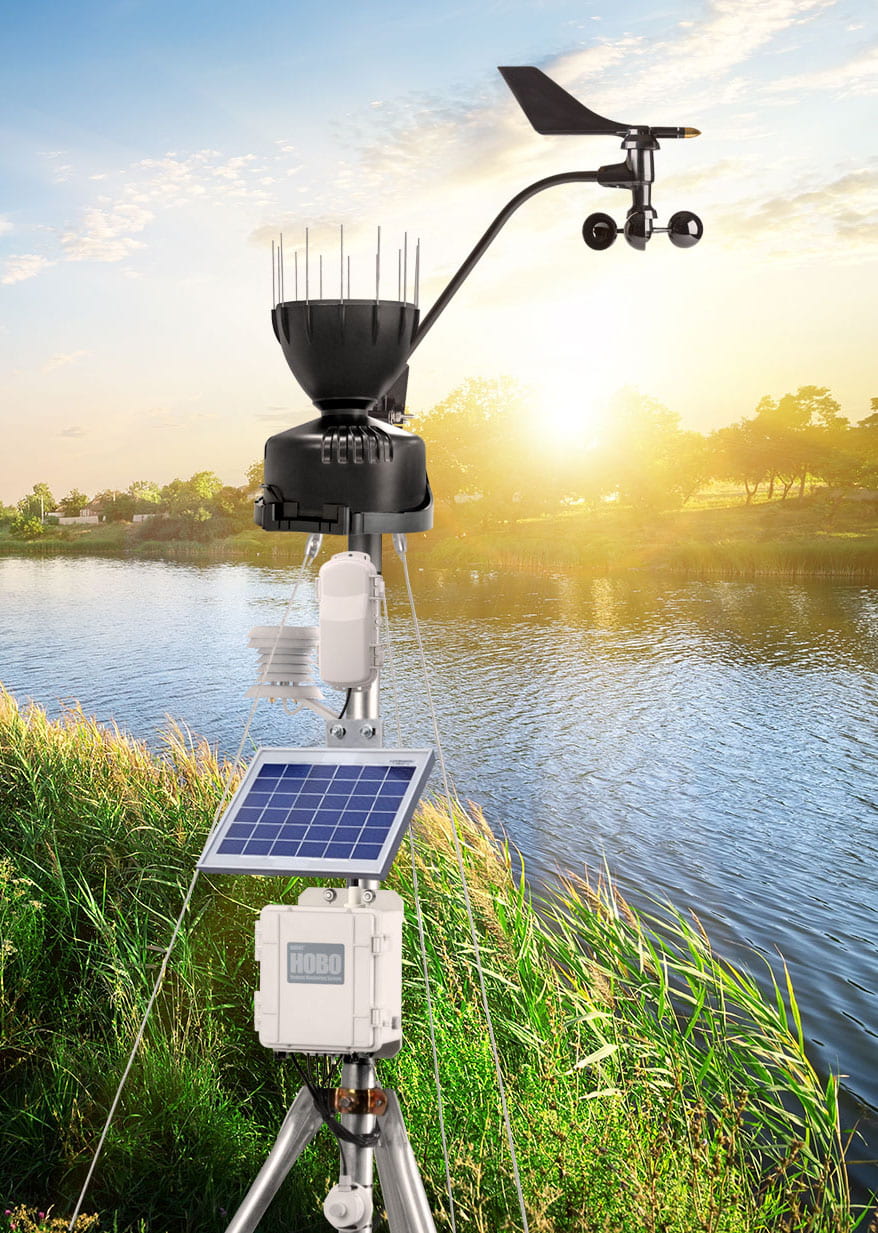If You Build It, Will They Come?
Dwindling bee numbers is a problem. The question is not should we protect pollinators and create habitat, but how? What’s the best method? The most economical? The best bee habitats—made up of plants of varying sizes and bloom times—are easy on the eye. They’re also excellent real estate for other helpers, like spiders and certain beetles, that eat pests. So can pollinator habitats provide biocontrol benefits too?
To answer these questions, our team set up pollinator habitat plots around our Christmas tree research planting—testing establishment methods, evaluating weeds, counting and identifying the insects attracted, and studying the biocontrol value to the trees.

ABOVE: Flowers providing pollen or nectar are important to both pollinators and many pest-eating “beneficial” insects. You can help them by choosing a variety of plants that bloom from early spring through late fall with flowers of diverse shapes. This Echinacea makes pollen and nectar readily accessible to both small and large bees, proving that it’s not just their beauty that’s worthy of our admiration.
Wildflower and grass species favored by pollinators were chosen from lists of native perennials. Some started from seed; others were transplants. By the end of the first season, natural enemies and pollinators had arrived—including lady beetles, lacewings, predatory stink bugs, spiders, hoverflies, predatory beetles, butterflies, and many wild bees. This year the plots have matured even more. We collected flying insects with sweep nets, counted butterflies, and caught wasps and bees in brightly colored bowls of soapy water. We even had a method for catching insects moving along the ground.
So far, we have lots of tips for helping growers and gardeners create their own beneficial insect habitat. As to fewer pests in Christmas trees? Time will tell.
What’s New with NEWA?
Are summer conditions becoming more unpredictable? Are you wondering how to make informed and timely decisions about pest management? If you say yes to both, you’re not alone. NEWA, the Network for Environment and Weather Applications, is here to help by providing live, on-farm decision support for fruit, vegetable, and field crops production. NEWA pairs real-time weather data from growers’ fields with online crop-specific pest forecasting. And it’s growing every year.
Developed by scientists with pest biology expertise, NEWA models predict disease progression, insect infestations, and crop phenology. Apple growers rely on apple scab forecasts in the spring, grape growers monitor grape berry moth risk through the summer, and field corn growers track western bean cutworm flights throughout the season to know when to scout.
Our latest survey proves NEWA’s unparalleled decision support to growers is working. Users attest they saved over $4,000 in spray costs and more than $33,000 in prevented crop losses annually.
NEWA partners with extension, industry, and academic partners statewide, including the Lake Erie Regional Grape Program that supports western New York’s Concord grape growers. Thanks to the close collaboration between NYSIPM, growers, and processors, that region benefited from the addition of 11 weather stations last year, a move that nearly doubled their decision-making power. NEWA also joined forces with the NYS Mesonet at the University at Albany, a collaboration that resulted in ten pilot locations across the state.
Today NEWA offers 42 models using data from 677 weather stations in 14 states. NEWA and NYSIPM support agriculture throughout New York and beyond. The latest forecast? The future looks bright.
